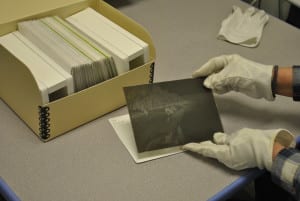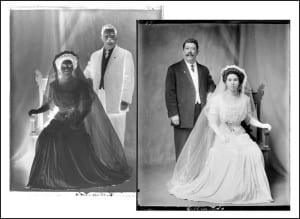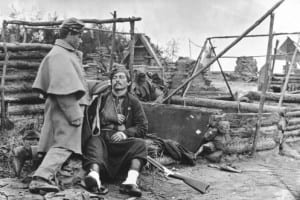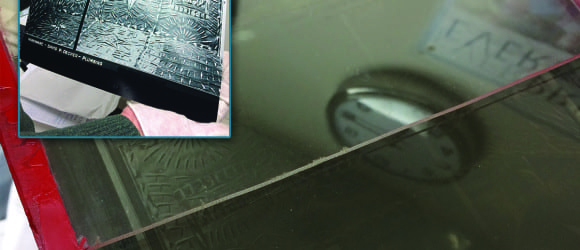It’s comforting to know that you have dedicated technicians carefully handling your items. At EverPresent, we get legitimately excited when we see new or rare formats and we like to spread this enthusiasm. Granite Huang shares some insight about one of his favorite projects that we have worked on in his time as a team leader at EverPresent:
ABOUT THE PROJECT
This job was mainly glass plate negatives that ranged from 3.25″ x 4″ to 8″ x 10″ in size. We digitized each glass negative on a scanner reserved for fragile and over-sized items. It’s really cool and almost an honor to be able to see this media type nowadays.

It is uncommon to see someone walking around with glass plate negatives or shooting with glass plates since we have switched to the digital world. There’s something about the weight of a glass plate negative that makes the media type that much more exciting. It’s almost like you can feel the “weight” of the story that is being told in the image. It makes me feel like i’m holding an artifact because of how delicate the piece of glass is.
What was most fascinating about this order was that the glass negatives were photos of the Hudson, MA which is 2-3 towns over from my hometown, Acton, MA. So being able to see these very old glass negatives of a place 2 towns over was very interesting. It’s great to be able to convert these fragile yet beautiful pieces of history into digital!
HOW IT WORKS

Photographer unknown.
In order to ensure we are able to get the best scan, we properly clean the glass for any dust and then slowly place it on the view area on the scanner. It is important to handle the delicate glass while wearing white gloves, finger prints can’t be removed because the emulsion side of the negative is sensitive. After it has been scanned, the positive of the negative is now on the computer.
It is reviewed by one of our highly trained technicians, oriented properly and checked for any flaws. Any lingering dust or marks on the image are removed digitally and the high resolution file is sent to our quality control team.
Our quality control team reviews the original negative and the positive scan to check for any other imperfections before the files are put on an archival DVD and uploaded to the free, private website we provide for all of our clients.
A LITTLE HISTORY

Wounded Soldier in a Deserted Camp, by Matthew Brady
The first glass plate negative was invented in 1851 and spurred an increased interest in photography. The famous Civil War pictures taken by Matthew Brady are an example of photography using glass negatives. The wet plate process was in use until the late 1880’s. The dry plate process, invented in 1871, had a lot of the same processes of wet plate and were both on glass – but had different sensitizing, fixing and development solutions. The term “dry plate” is because the plate dried BEFORE it was exposed in the camera, rather than before.
These Glass Plates are also commonly known as Photographic Plates, and started out on glass since what is now the current format of negatives was not as common or accessible prior to the 20th century. Having the light-sensitive emulsion of silver salts coat on the glass plate also served as a superior way for a more stable product and less likely to bend or distort the physical image itself.

